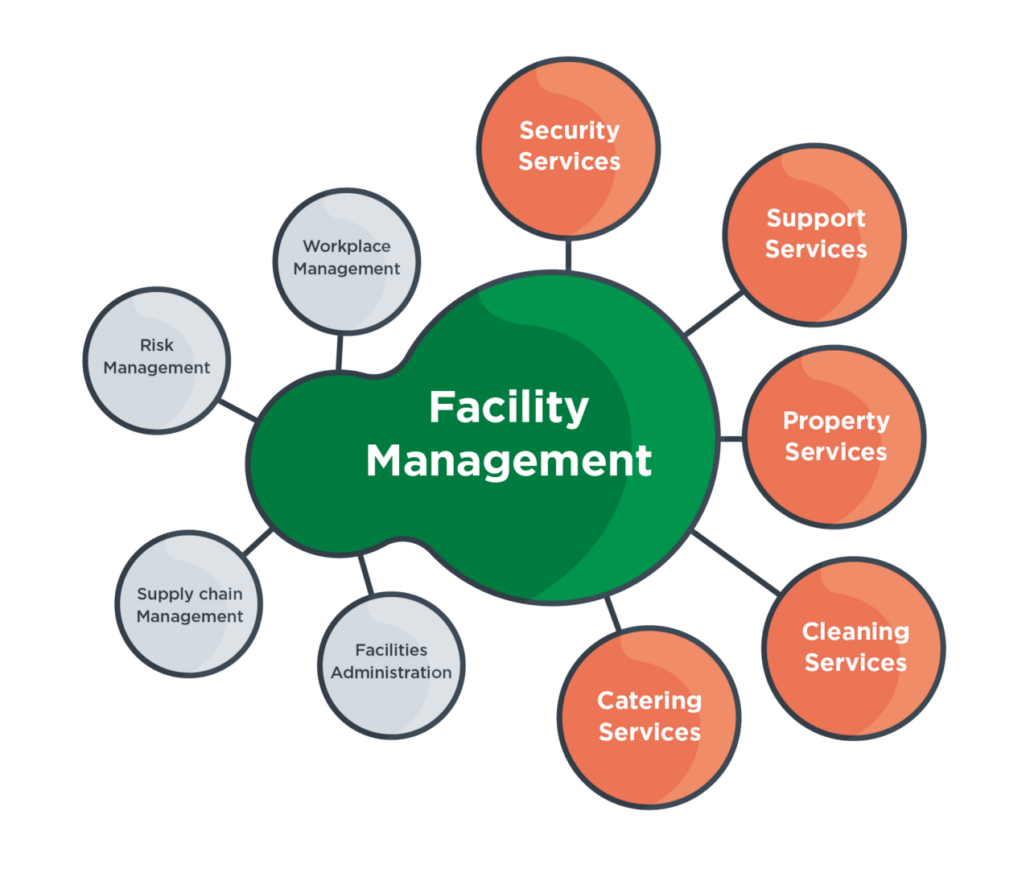Quickly identify and correct financial missteps with a cash flow audit
Conducting a cash flow audit can help you spot areas of weakness in your business so you can correct any issues before they become a bigger problem. It can also highlight areas of opportunity for growth.

In nearly every aspect of running a business — whether marketing, sales or finance — knowledge is power. Knowing the ins and outs of your company’s cash flow is one of the keys to success, particularly for entrepreneurs and small business owners. So, too, is a regular review and assessment of the state of your finances. This ensures you will have enough working capital to pay your staff, keep up with operating expenses and grow your business when opportunities arise.
A cash flow audit or cash flow analysis is an invaluable tool for taking a closer look at your business’s working capital over a certain period. The result gives you a bird’s eye view of areas of opportunity and weakness. It will help you take all inflows and outflows into account to ensure you have a clear sense if your company is meeting its goals or if it’s time to find new solutions.
To conduct a cash flow audit, follow these steps:
1. Start with your cash flow budget
Ideally, you’ll have a cash flow budget in place, but if not, here are a few tips for creating one.
Once this is created, review your forecasts. Look for months where you may have fallen short in the past, and analyze potential for the same to happen in the future. If you’ve reviewed this in the past, now is the time to take a deeper dive to see what’s going on.
If your business buys or sells inventory on account, you’ll also want to calculate your cash conversion cycle (CCC), which measures how long it takes to convert that inventory into cash. The variables impacting the length of your CCC — such as days payable outstanding — can hurt your cash flow.
2. Gather your information
You’ll need data to conduct a cash flow analysis that delivers valuable information about the state of your business.
First and foremost, look at your income statement – which will set out your company’s performance, including your sales revenue minus the cost of goods sold and other expenses. The income statement shows your bottom line (or net income) for the period.
Next, and perhaps most importantly, as Harvard Business School explains, you’ll need a cash flow statement to give you a clear picture of how your business received and spent cash during a specific period. The cash flow statement takes the net income from the income statement and adjusts it to include cash flow from your operations. This includes your accounts receivable and payable, and cash flow from investing and financing activities, to show you how your cash and cash equivalents have changed over a specific period.
If applicable, seek out the help of your accountant or bookkeeper to streamline the cash flow auditing process — some accounting software programs and tools will also be able to provide you with your cash flow statement within a specified period. Rather than waiting until tax time or until problems arise, reconcile your accounts monthly so that you are able to address any discrepancies quickly.
3. Analyze your data
Once you have these numbers, you’ll be able to see specific areas where your business is experiencing cash flow shortfalls. Perhaps you have more outstanding accounts receivables than you thought, for example. Ultimately you will be able to identify exactly where you are experiencing leaks in your cash flow pipeline.

4. Take action and prepare for the future
With your newfound information in front of you, you can better align your cash flow and business processes with your goals.
For example, if your cash flow audit identified a noticeable gap in working capital, specifically, a large number of outstanding invoices with credit-worthy customers, invoice factoring may be the ideal solution to turn your near-term assets, or invoices, into cash.
Address any cash flow obstacles
With alternative funding options from Liquid Capital, you’ll be able to quickly address any shortcomings in your cash cycle. You’ll be working with a Liquid Capital Principal who is a business owner like yourself, so they understand the challenges and opportunities you face daily.















































